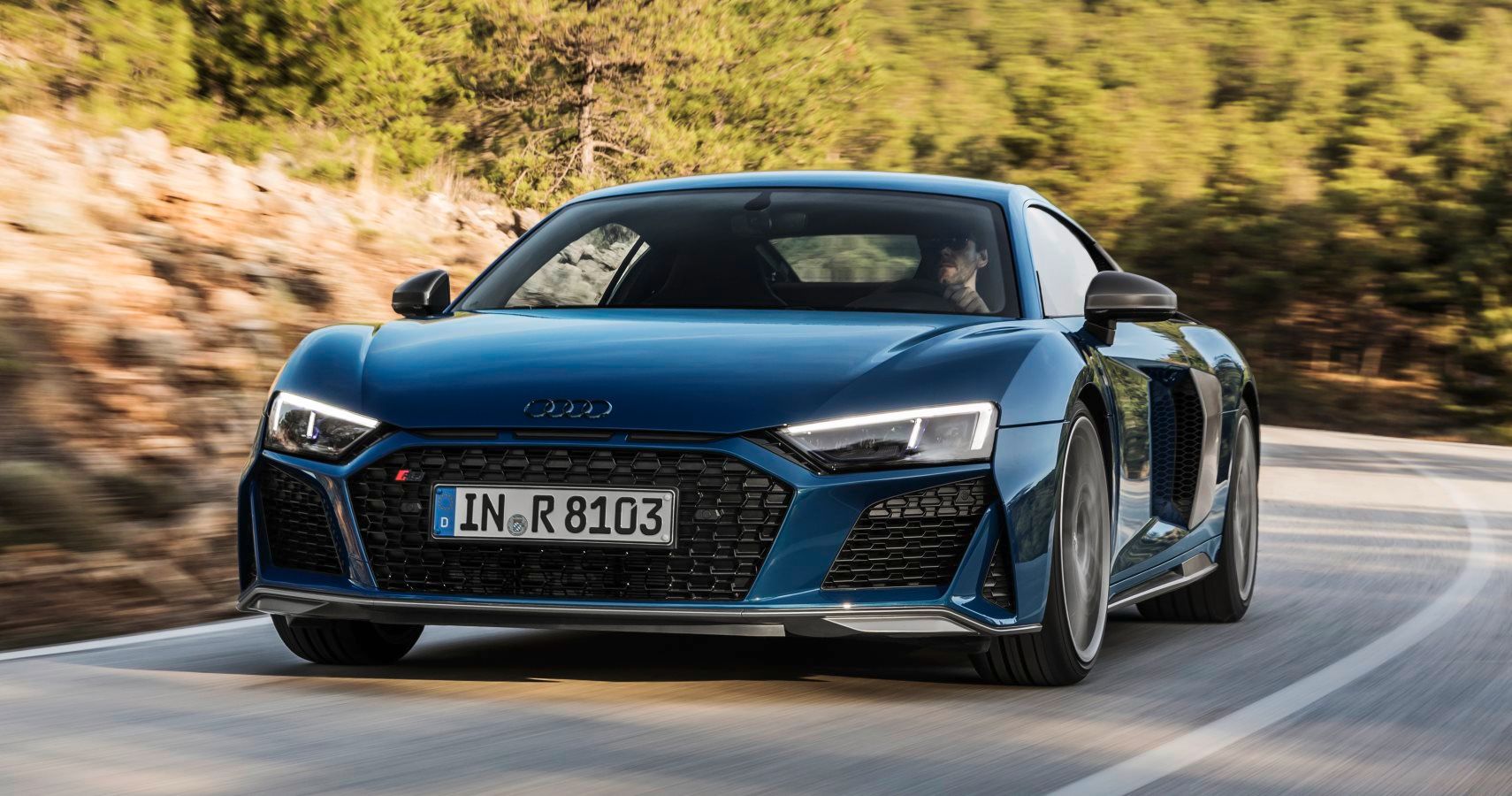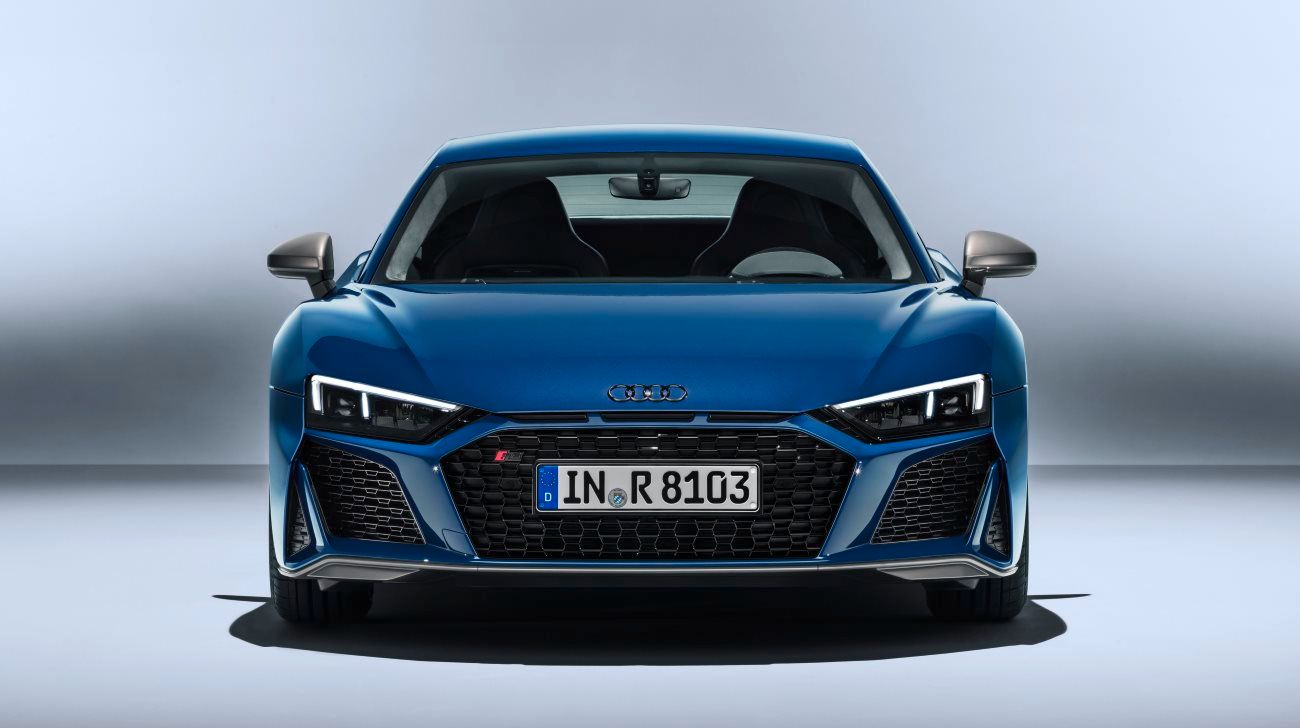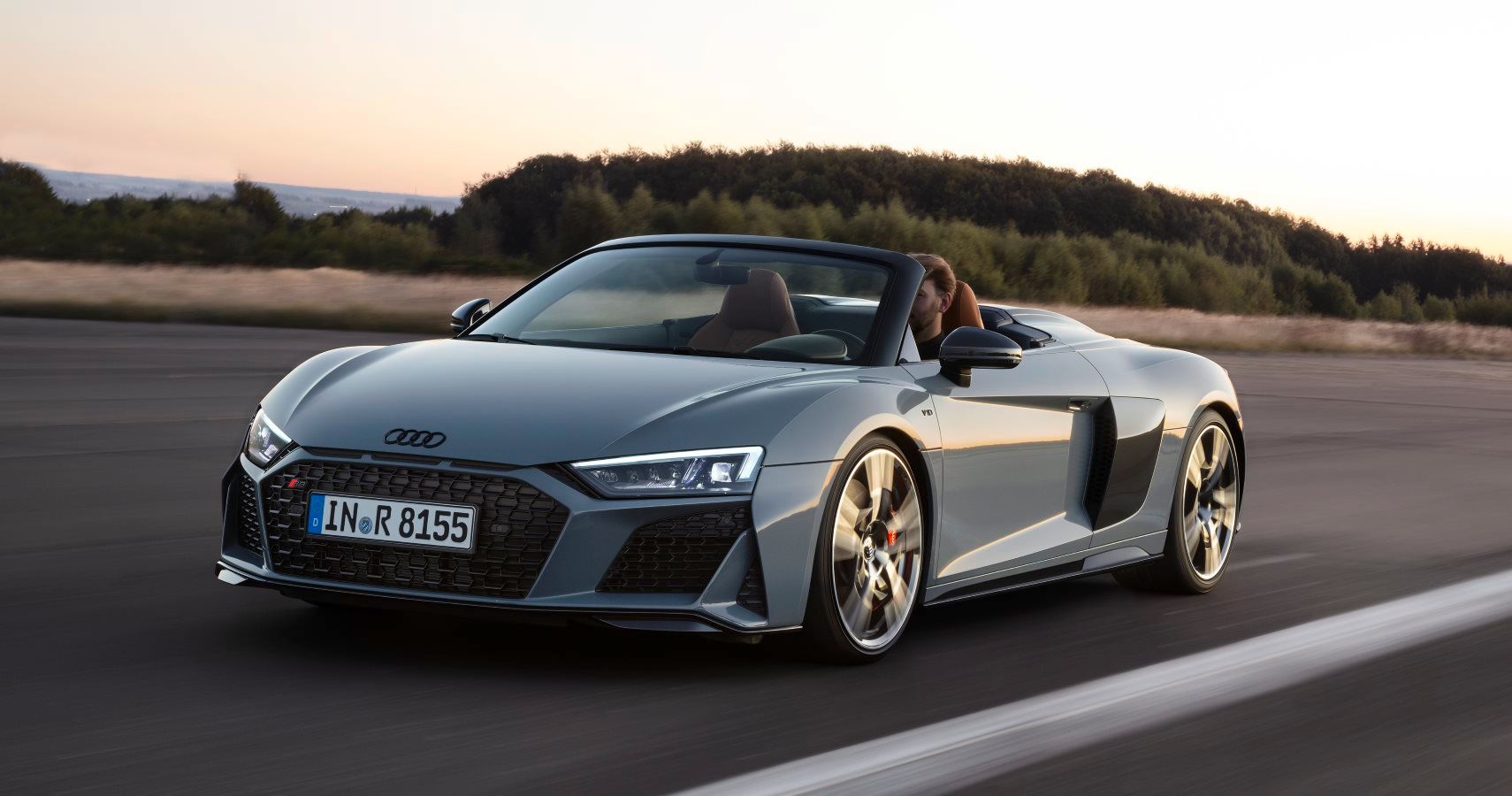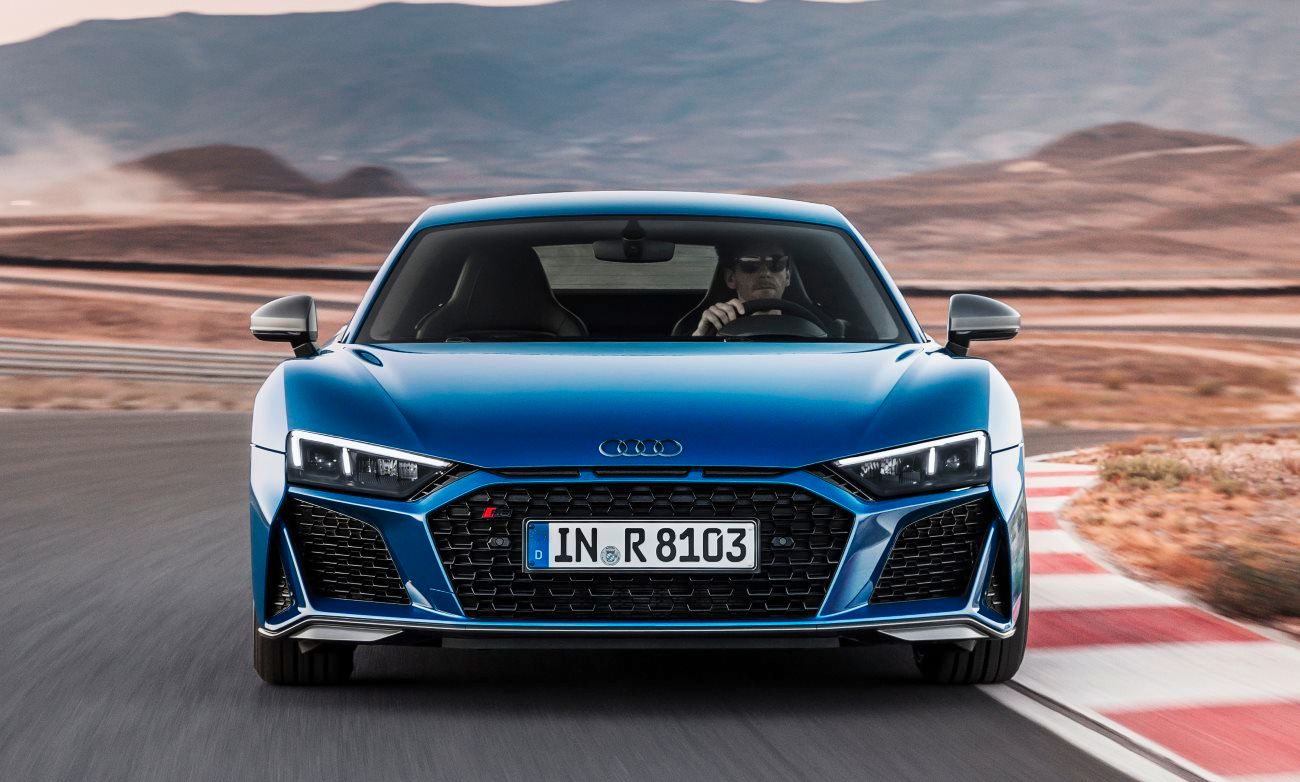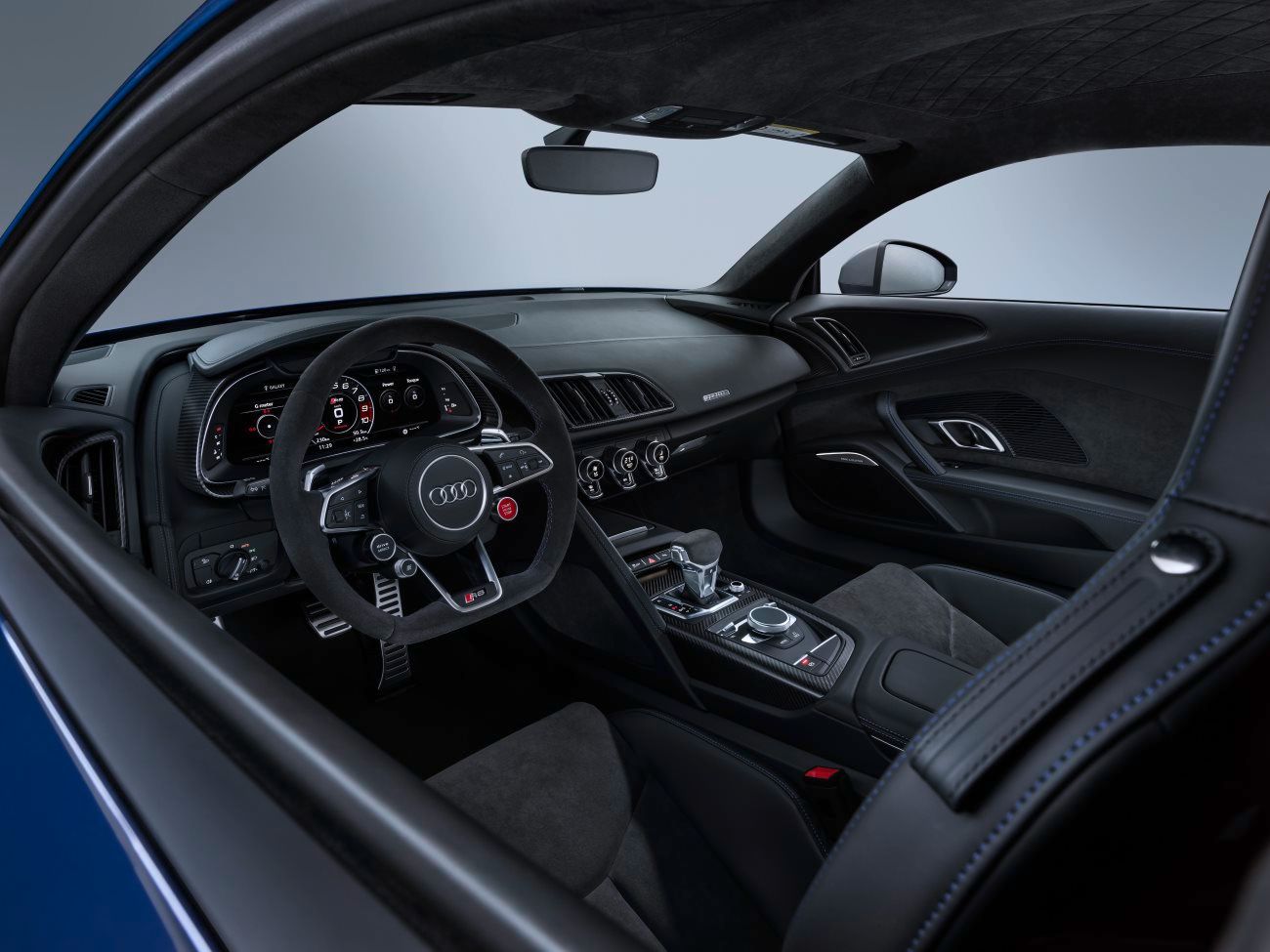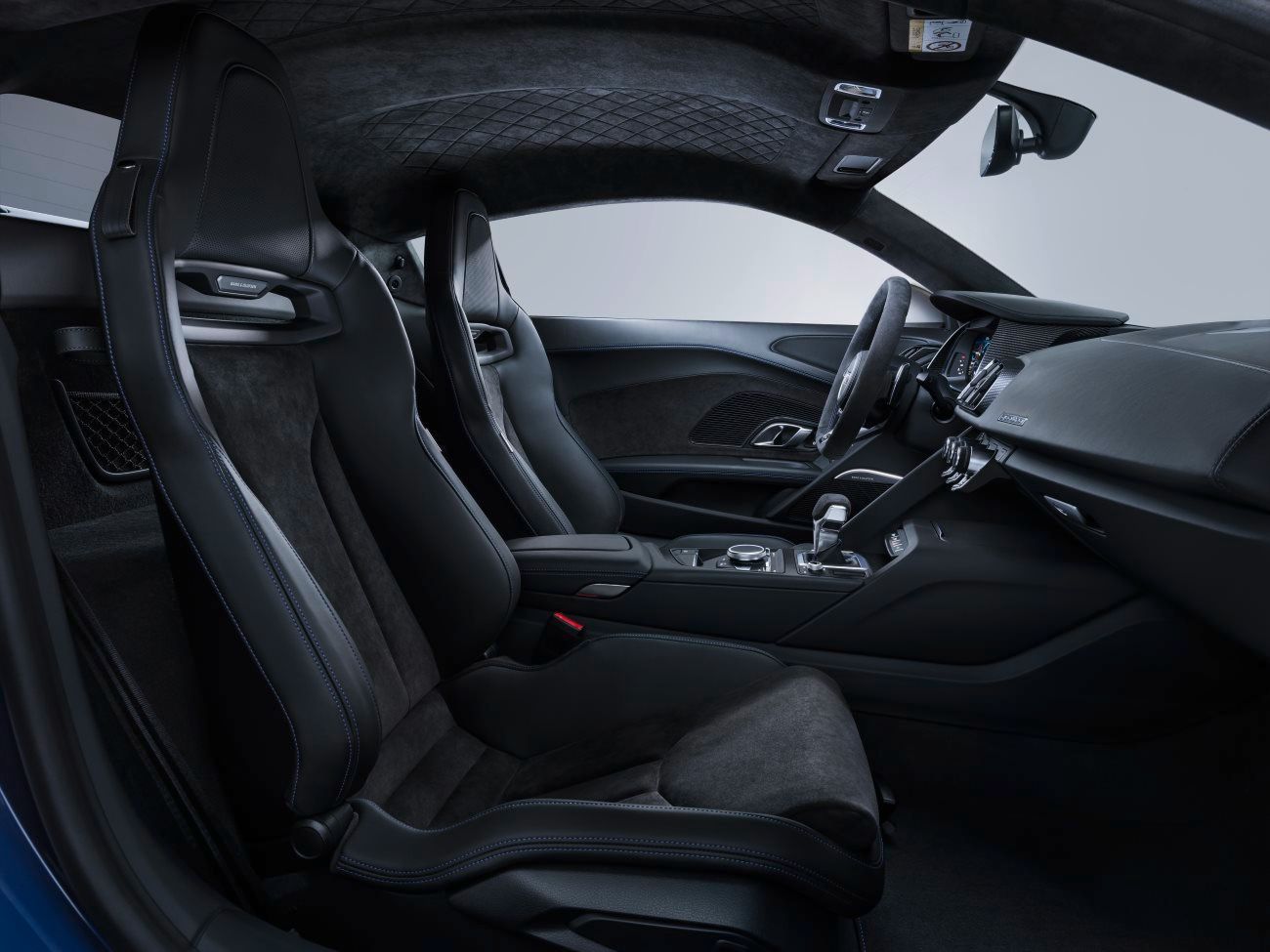When you think of a supercar, a comfortable daily ride isn’t the first thing that comes to mind. Cramped, severe, and high-tech, sure, but it’s hard to make a car both comfortable and capable of traveling faster than 200 mph. And yet, somehow, Audi has found that balance in their R8.
It didn’t get there overnight, of course. The R8’s development can trace itself all the way back to Audi’s acquisition of Lamborghini in 1998. After acquiring control of Lambo’s lineup, the troubled Italian supercar maker only produced the Murcielago, with the smaller V10-powered Gallardo still under development.
After joining forces with Audi, the German carmaker was able to design a state-of-the-art aluminum monocoque chassis that Lamborghini could then use to make their entry-level vehicle, while Audi used it to make their own first foray into the realm of modern supercars.
When the R8 first debuted back in 2006 it wasn’t powered by the big 5.2-L V10 we’ve come to expect, but instead a 4.2-L naturally aspirated V8 taken from the RS4. It wasn’t until Lamborghini created the 5.2-L V10 in 2009 that the R8 found its true heart, with an even ten burbling cylinders to announce its presence.
Since then, the R8 has shared its chassis and powertrain with the entry-level Lambo, first the Gallardo, and then later the Huracan. But while the Lamborghini was always the wild, out of control cousin, the R8 was the quiet and reserved sibling that possessed an inner strength that only the wise could perceive.
It also had more head and legroom, which made it a lot comfier.
Today’s R8 comes with the same 5.2-L naturally aspirated V10 that powers the Huracan, but detuned depending on the version you buy. For 2018, the Coupe and Spyder versions got 533 hp and 398 lb-ft, while the performance-oriented V10 Plus put down 602 hp and 413 lb-ft--the exact same power figures as the Huracan LP610-4.
For the Coupe and Spyder, 0-60 is measured in 3.4 and 3.5 seconds, respectively. For the V10 Plus, 0-60 takes just 3.1 seconds. Top speed for the less powerful trims is 198 mph, while the V10 plus can achieve speeds as fast as 205 mph. That’s actually a few miles faster than the Huracan.
All versions of the R8 come with a 7-speed dual-clutch transmission that turns either the rear wheels or all of them. But that’s only for the 2018 model--in 2020, all versions of the R8 will have all-wheel-drive as their only option.
Electronic stability and traction control come standard with the driver able to select between dry, wet, and snowy conditions. For those seeking additional comfort, Audi offers an adaptive magnetic suspension, but most seem to think the standard dampers do just fine and smoothing out the bumps.
The R8’s shared development with Lamborghini ends as soon as you get outside the engine cover. As with most Audis, form follows function in the R8’s styling. Most of the R8’s bodywork is aluminum, but the V10 Plus model comes with a carbon fiber engine cover, side mirrors, front splitter, rear diffuser, side skirts, and fixed rear spoiler.
Besides the obviously mid-engine shape, you’d be hard-pressed to tell that the R8 is hiding over 500 hp.
Audi has used the R8 as their testbed for certain new technologies. The original R8 was the first production car in the world to use LED headlights, and the current model takes that a step further with Audi’s laser light technology. This essentially doubles the visible distance of the R8’s headlights and includes a camera sensor that dims the lights if it senses oncoming traffic.
Although there are lasers inside the headlights, they’re not the kind that burns holes in other people’s tires.
RELATED: AUDI SPORT REVEALS 2019 R8 LMS GT3
If the exterior is plain jane (at least, in comparison to other supercars), the R8’s interior is a veritable palace. Audi has somehow found the perfect balance between flat screens and regular buttons, switches, and dials. Instead of an enormous infotainment screen to take the driver’s eyes off the road, everything in the car is displayed from the 12.3-inch instrument cluster just behind the steering wheel. There’s a dial for the drive-mode selector on the center console and a few buttons for the climate control, but beyond that, the dashboard is remarkably clean and uncluttered.
There are available carbon fiber accents for the virtual cockpit, door inlays, and vents, but otherwise the interior is a tasteful combination of Alcantara on the steering wheel and seats with leather trim everywhere else. Not an inch of cheap plastic can be found, adding to the R8’s unmistakable air of luxury.
RELATED: 2019 AUDI R8 - WHAT YOU NEED TO KNOW ABOUT THIS IMPRESSIVE SUPERCAR
And unlike some supercars, Audi doesn’t skimp on the tech. Apple CarPlay and Android Auto are both standard along with an LTE Wifi hotspot.
The base RWD-only 2018 R8 Coupe starts at $138,700. Compared to the McLaren 570S or the Huracan LP580-2, R8 is a steal coming in $30,000 less than the Huracan and nearly $60,000 less than the McLaren.
That price advantage remains when you compare the R8 V10 Plus to its sister car, the Huracan LP610-4. While the Huracan costs $238,000, the R8 comes in at just $194,400. That’s savings of nearly $45,000 for a car that’s 2 mph faster and can actually carry some luggage.
The only negative thing that can ever be said for the R8 is its appearance, which was understated a decade ago but now seems more dated with each passing year. But the R8 never concerned itself with looks. It was, and has always been, a comfortable supercar that you can drive daily without remorse. The R8 is still that, and will remain so for hopefully many years to come.

